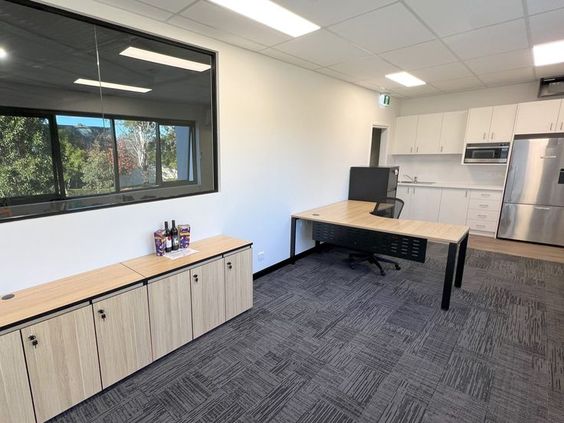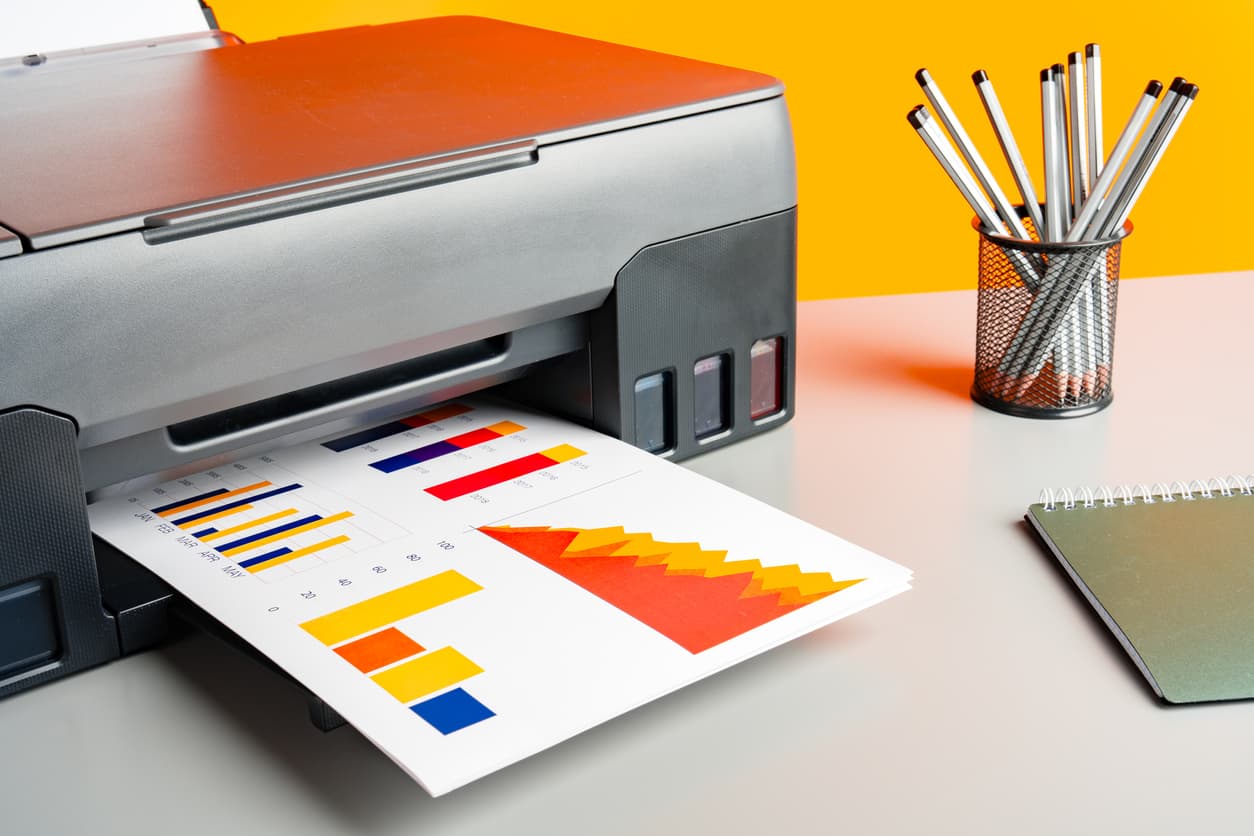Creating a productive and aesthetically pleasing office environment is crucial for the success of any business. This is where commercial interior designers come into play, transforming empty spaces into functional, efficient, and inspiring workplaces. Their expertise in office fit out Penrith ensures that your business space is not only ready for operation but also conducive to employee well-being and productivity.
The Role of Commercial Interior Designers
Commercial interior designers specialise in planning and designing spaces for businesses. They are responsible for understanding the unique needs of a company and translating those requirements into a cohesive design that enhances functionality and reflects the company’s brand and culture. From layout planning to selecting furniture and finishes, these professionals handle every aspect of an office fit-out.
Key Considerations in Office Fit-Outs
• Space Planning and Utilisation: Efficient space planning is paramount in an office fit-out. Designers must optimise the use of available space, ensuring that it meets the operational needs of the business while allowing for flexibility and growth. This involves creating a layout that accommodates various functions, such as workstations, meeting rooms, breakout areas, and storage.
• Ergonomics and Employee Well-being: A well-designed office should promote comfort and health. Commercial interior designers consider ergonomics in their plans, selecting furniture and equipment that support good posture and reduce the risk of strain or injury. They also focus on creating a pleasant work environment by incorporating elements like natural light, proper ventilation, and acoustic solutions to minimise noise distractions.
• Brand Identity and Aesthetics: An office space should reflect the company’s brand identity and culture. Designers work closely with clients to understand their vision and incorporate brand elements into the design. This could involve using company colours, logos, and themes in the décor, creating a cohesive and professional appearance that impresses clients and motivates employees.
• Technology Integration: Modern offices require seamless integration of technology. Designers ensure that the infrastructure supports the necessary technological tools and systems, such as high-speed internet, audio-visual equipment, and smart office solutions. This involves careful planning of cable management, placement of power outlets, and provision for future technological upgrades.
• Sustainability and Energy Efficiency:Sustainable design is increasingly important in office fit-outs. Commercial interior designers incorporate eco-friendly materials and energy-efficient systems to reduce the environmental impact of the office. This might include using recycled or sustainable materials, installing energy-efficient lighting and HVAC systems, and designing spaces to maximise natural light and reduce energy consumption.
The Process of an Office Fit-Out
• Initial Consultation and Needs Assessment: The process begins with a thorough consultation to understand the client’s needs, goals, and budget. Designers assess the existing space, discuss the desired functionality, and identify any specific requirements or constraints.
• Concept Development: Based on the initial consultation, designers develop a concept that outlines the proposed design direction. This includes sketches, mood boards, and preliminary layouts that give the client a visual representation of the plan.
• Detailed Design and Planning: Once the concept is approved, designers create detailed plans and specifications. This includes floor plans, elevations, and 3D renderings, as well as selecting materials, finishes, and furnishings. They also coordinate with contractors and suppliers to ensure that everything aligns with the design intent and budget.
• Implementation and Project Management: The fit-out phase involves the physical transformation of the space. Designers oversee the implementation, managing contractors and ensuring that the work is carried out according to the plan. They handle any issues that arise during construction and ensure that the project stays on schedule and within budget.
• Final Touches and Handover:After the main construction is completed, designers add the final touches, such as artwork, plants, and accessories, to bring the space to life. A thorough inspection ensures that everything meets the client’s standards before the final handover.
Summing up, commercial interior designers for office fit out in Penrith play a vital role in creating office environments that are functional, attractive, and tailored to the specific needs of a business.

